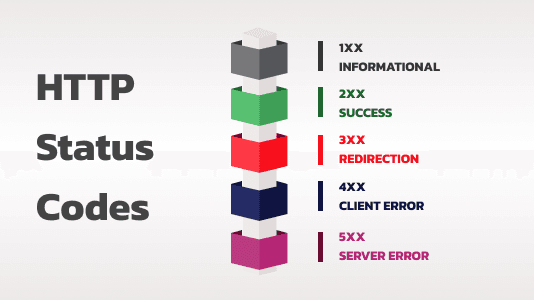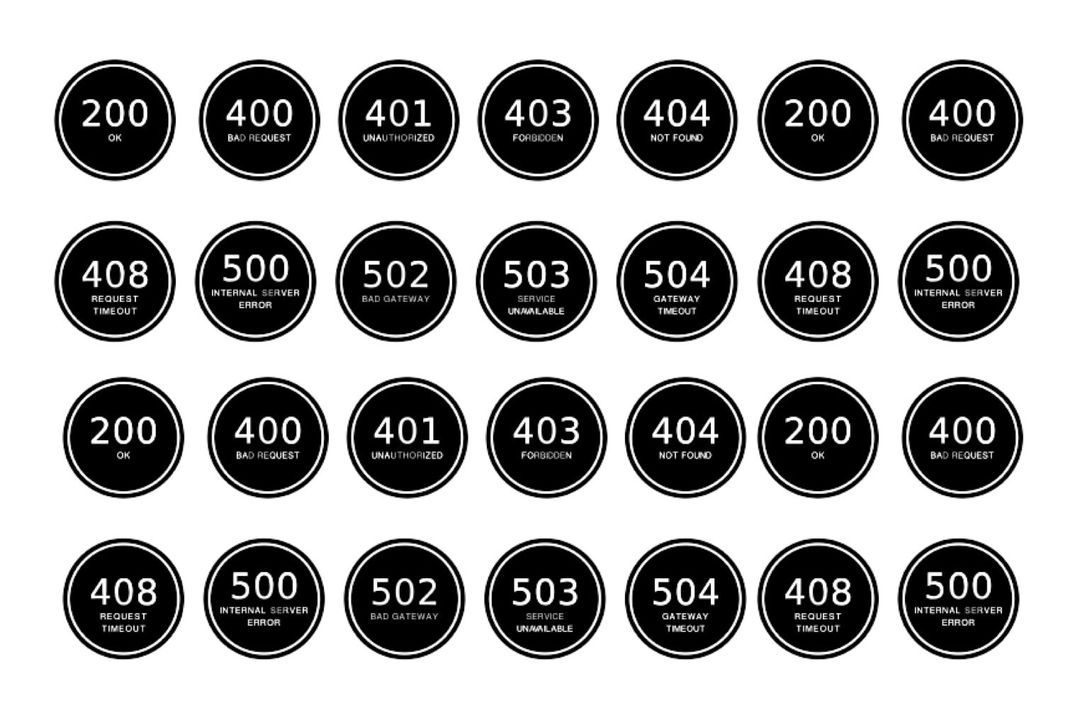The Complete Guide to Proxy Error Codes and Their Solutions
Proxy error codes can be frustrating to deal with when trying to access websites or online services. Understanding what these codes mean and how to troubleshoot them is crucial for a smooth browsing experience. In this comprehensive guide, we'll dive into the world of proxy error codes, explain why they occur, and provide solutions to help you overcome them.

Introduction to Proxy Error Codes
Proxy error codes, also known as HTTP status codes, are three-digit numbers that indicate the result of a client's request to a proxy server. When you encounter an error code, it means that something went wrong in the communication between your device, the proxy server, and the target website.
Proxy errors can occur due to various reasons, such as:
- Misconfigured proxy settings
- Network connectivity issues
- Server-side problems
- Blocked requests due to security measures
- Outdated or unsupported protocols
Proxy errors can be classified into two main categories: client-side errors and server-side errors. Client-side errors indicate issues with the client's request or settings, while server-side errors point to problems with the server or proxy server itself.
Common Client-Side Proxy Error Codes
Client-side errors indicate issues with the client's request or settings. Here are some common client-side proxy error codes and their solutions:
400 Bad RequestThis error occurs when the server cannot understand the client's request due to invalid syntax or formatting. To fix this, ensure that your request is properly formatted and doesn't contain any errors.
401 UnauthorizedA 401 error means that the client lacks proper authentication credentials to access the requested resource. Double-check your login information and ensure that you have the necessary permissions.
403 ForbiddenThis error indicates that the server understood the request but refuses to authorize it. The client does not have sufficient permissions to access the resource. Contact the website administrator if you believe you should have access.
404 Not FoundThe requested resource could not be found on the server. Check the URL for typos and ensure that the resource hasn't been moved or deleted.
407 Proxy Authentication RequiredThis error occurs when the proxy server requires authentication. Verify your proxy settings and provide the correct credentials.
Common Server-Side Proxy Error Codes
Server-side errors indicate issues with the server or the proxy server itself. Here are some common server-side proxy error codes and their solutions:
500 Internal Server ErrorThis generic error message indicates that the server encountered an unexpected condition. Wait a few minutes and retry the request. If the issue persists, contact the server administrator.
502 Bad GatewayA 502 error occurs when the proxy server receives an invalid response from the upstream server. This could be due to network issues or server overload. Try refreshing the page or waiting a few minutes before retrying.
503 Service UnavailableThis error indicates that the server is temporarily unable to handle the request due to maintenance or overload. Wait a while and retry the request.
504 Gateway TimeoutThe proxy server did not receive a timely response from the upstream server. This could be due to network latency or server issues. Refresh the page or try again later.
Other Notable Proxy Error Codes
429 Too Many RequestsThis error occurs when the client has sent too many requests in a given amount of time. To avoid this, implement rate limiting or use rotating proxies to distribute the requests.
408 Request TimeoutThe server timed out waiting for the client's request. Retry the request and ensure that your network connection is stable.

How to Troubleshoot and Fix Proxy Errors
When encountering proxy errors, here are some general steps you can take to troubleshoot and fix the issue:
- Check proxy settings: Ensure that your proxy settings are correctly configured in your browser or application.
- Clear browser cache: Clear your browser's cache and cookies to eliminate any corrupted data that might be causing the error.
- Retry the request: Sometimes, proxy errors are temporary. Refresh the page or retry the request after a few minutes.
- Check network connectivity: Verify that you have a stable network connection and that there are no firewall or network restrictions blocking communication with the proxy server.
- Use a different proxy server: If you are using a public or shared proxy, try switching to a different server or provider. The error may be specific to the current proxy server.
- Contact server administrator or proxy provider: If the issue persists, reach out to the server administrator or your proxy provider for further assistance.
- Use high-quality proxies: Invest in reliable, high-quality proxies like residential proxies to minimize the occurrence of proxy errors and improve your browsing experience.
The Importance of High-Quality Proxies
Using high-quality proxies, such as residential proxies, can significantly reduce the likelihood of encountering proxy errors. Residential proxies offer several advantages over other types of proxies:
- Increased Reliability: Residential proxies are sourced from real devices and ISPs, making them more reliable and less likely to be blocked or flagged as suspicious.
- Better Performance: High-quality residential proxies offer faster response times and lower latency, reducing the chances of timeouts and gateway errors.
- Enhanced Security: Residential proxies provide an additional layer of security by masking your real IP address and protecting your online identity.
- Reduced IP Blocking: Websites and services are less likely to block residential IP addresses, as they appear as genuine user traffic.
- Improved Success Rates: With residential proxies, you can expect higher success rates when accessing websites, APIs, or conducting data collection tasks.
Investing in premium residential proxies from reputable providers can greatly enhance your online experience and minimize the occurrence of proxy errors.
Conclusion
Proxy error codes can be a nuisance, but understanding what they mean and how to troubleshoot them is essential for a seamless online experience. By following the solutions outlined in this guide and using high-quality proxies, you can minimize the impact of proxy errors and ensure that your browsing and data collection tasks run smoothly.
Remember to regularly check your proxy settings, clear browser cache, retry requests, and ensure a stable network connection. If the proxy errors persist, consider switching to a different proxy server or provider, or contact the server administrator or proxy provider for further assistance.
Investing in reliable, high-quality proxies, such as residential proxies, can significantly reduce the occurrence of proxy errors and provide a more stable and secure online experience. By leveraging the power of premium proxies, you can overcome the challenges posed by proxy errors and enjoy uninterrupted access to the websites and services you need.
Frequently Asked Questions
What is the difference between client-side and server-side proxy errors?
Client-side errors occur due to issues with the client's request or settings, while server-side errors indicate problems with the server or proxy server itself.
Can using high-quality proxies help prevent proxy errors?
Yes, investing in reliable, high-quality proxies like residential proxies can significantly reduce the occurrence of proxy errors and improve your overall browsing experience.
What should I do if I keep encountering proxy errors?
If you consistently encounter proxy errors, double-check your proxy settings, clear your browser cache, and ensure that you are using high-quality proxies. If the issue persists, contact the server administrator or your proxy provider for further assistance.
Are residential proxies more reliable than other types of proxies?
Yes, residential proxies are generally more reliable than other types of proxies because they are sourced from real devices and ISPs. They offer better performance, enhanced security, and reduced chances of being blocked or flagged as suspicious.